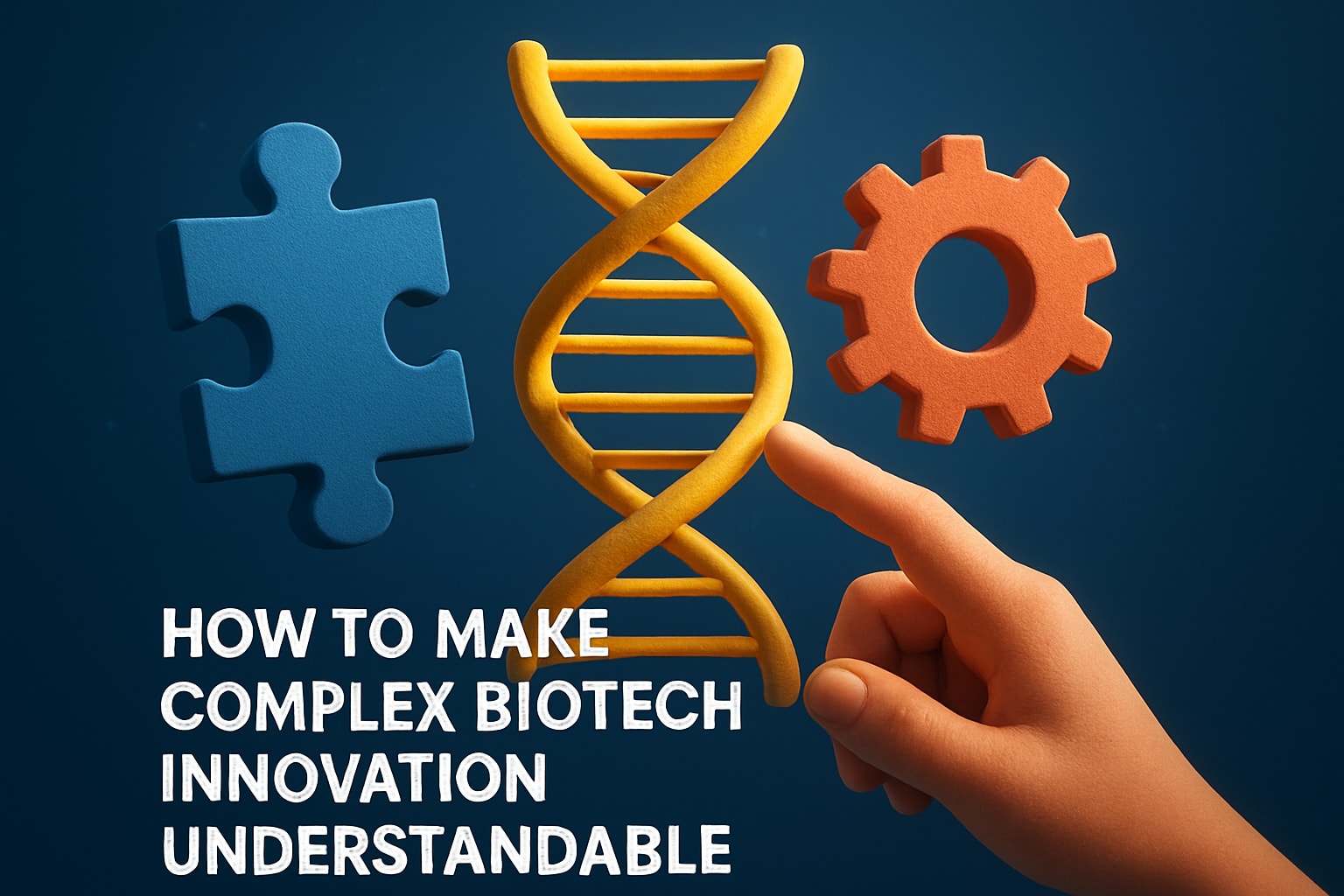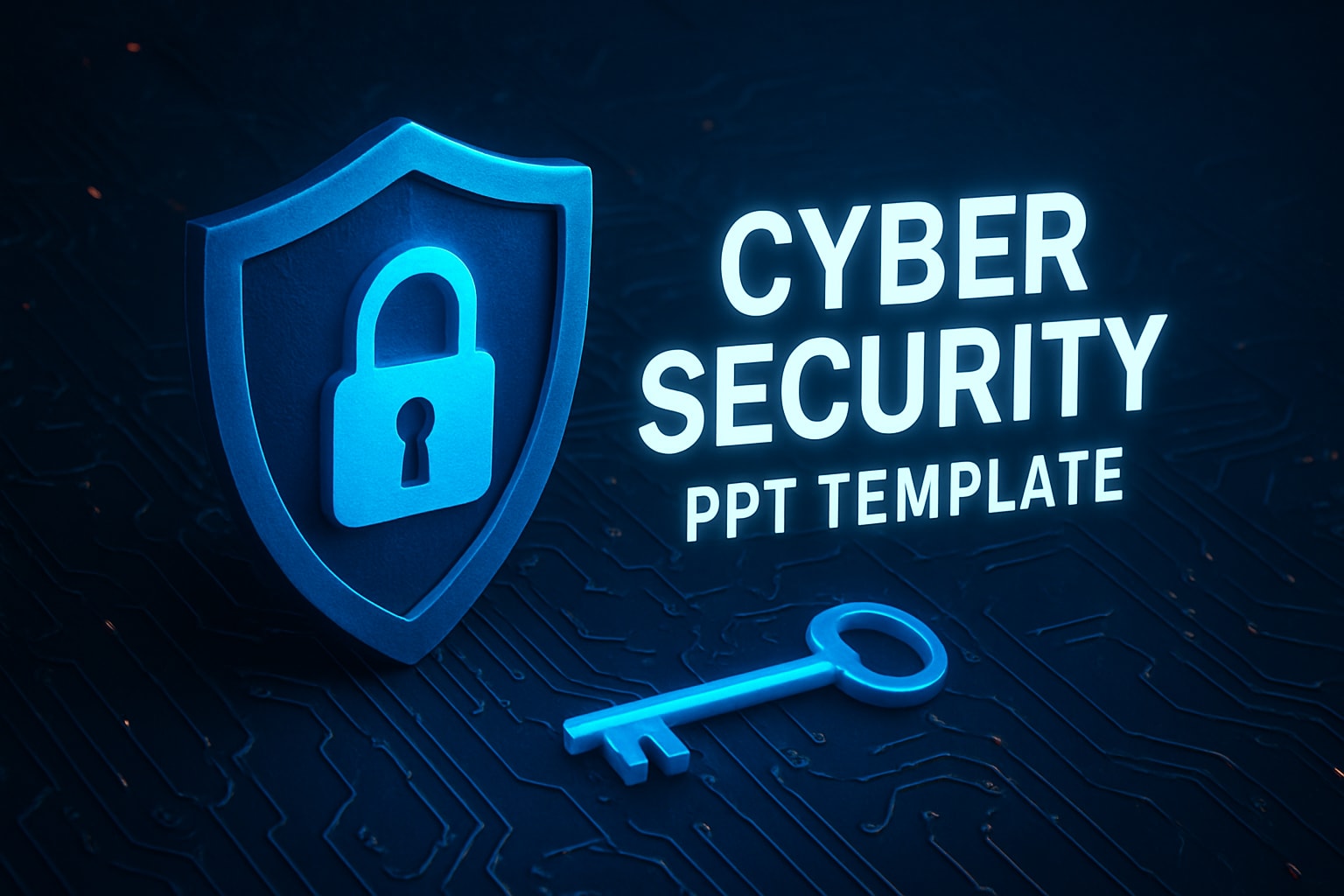Crafting a Powerful Cybersecurity Sales Pitch: Turning Skepticism into Success

The Challenge: Tech-Savvy Products, Not-So-Tech-Savvy Sales Team
Your sales team might not be fluent in tech jargon, but your cybersecurity product is a masterpiece. The first hurdle is conveying its brilliance without overwhelming your team with technical intricacies.
The Sceptical Gatekeepers: CIOs and CSOs
Picture this: CIOs and CSOs, the skeptical gatekeepers of cybersecurity. They crave substance over vague sales talk. Convincing them requires a strategic approach that dismantles skepticism and builds trust.
The Solution: Craft a Sales Pitch that Speaks Tech Without Sounding Vague
1. Educate Your Sales Team
Train your team to understand the core tech aspects of your product. They don't need to be experts, but a solid grasp of the essentials is non-negotiable. This empowers them to articulate the value proposition without drowning in technicalities.
2. Speak the Language
Adjust your pitch to resonate with the language of your audience. Avoid jargon overload, focusing on conveying the tangible value of your cybersecurity solution. Make it relatable and understandable to those who may not be immersed in tech terminology.

3. Case Studies Speak Louder
Bring your product to life through real-world examples. Case studies serve as tangible evidence of your product's effectiveness. Share success stories, illustrating how your cybersecurity solution has addressed specific challenges and delivered measurable results.
4. Focus on Impact
Shift the focus from listing features to highlighting the tangible impact of your cybersecurity solution. Clearly communicate how it solves real problems and contributes to the overall security posture of the organization. Emphasize the outcomes and benefits that matter most to your audience.
Here’s a real-life example from our works.
5. Address Concerns Head-On
Anticipate and address skepticism proactively. Be transparent about potential challenges and articulate how your product effectively mitigates them. By acknowledging concerns and providing clear solutions, you build credibility and trust with your audience.
One of the best books which helps to understand decision making process and biases is by Daniel Kahneman, “Thinking Fast and Slow”.
6. Interactive Demos
Replace vague promises with interactive demos. Allow CIOs and CSOs to experience your product firsthand. Interactive demos provide a tangible and engaging way for your audience to understand the functionality and capabilities of your cybersecurity solution.
7. Build Relationships
Recognize that cybersecurity is not just a transaction; it's a trust game. Build strong relationships with your clients by conveying that you're not merely selling a product but partnering in their security journey. Foster open communication and collaboration to strengthen the client-vendor relationship.
Conclusion: Navigating the Bias Minefield with Finesse
Successfully navigating the skepticism of CIOs and CSOs involves transforming your sales team into tech-savvy communicators. Align your pitch with the language of your audience, emphasize the tangible impact, and foster transparency. Remember, it's not just about selling a product; it's about building trust and showcasing how your cybersecurity solution is more than tech – it's a shield against the unseen threats of tomorrow.
🛡️ #CyberSecuritySalesPitch

- This is some text inside of a div block.lay out the facts clearly and compellingly. Use data to establish the ground reality, but remember that facts alone are like the individual strands of a tapestry—necessary but not complete.lay out the facts clearly and compellingly. Use data to establish the ground reality, but remember that facts alone are like the individual strands of a tapestry—necessary but not complete.
- This is some text inside of a div block.lay out the facts clearly and compellingly. Use data to establish the ground reality, but remember that facts alone are like the individual strands of a tapestry—necessary but not complete.




